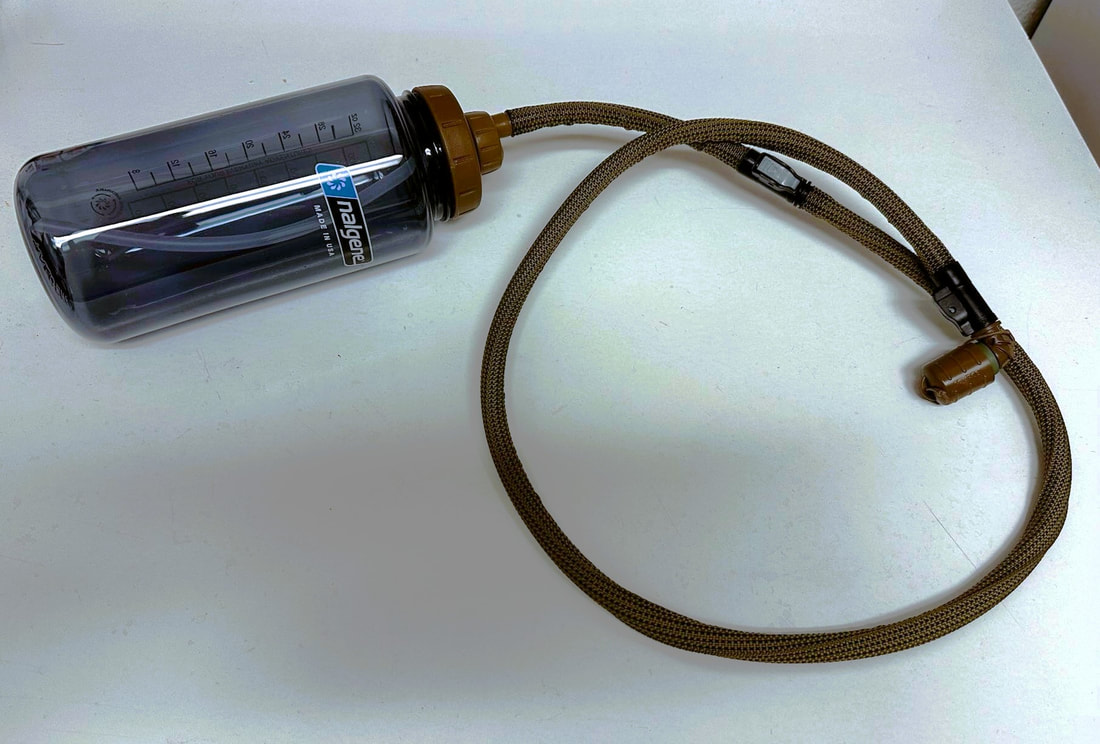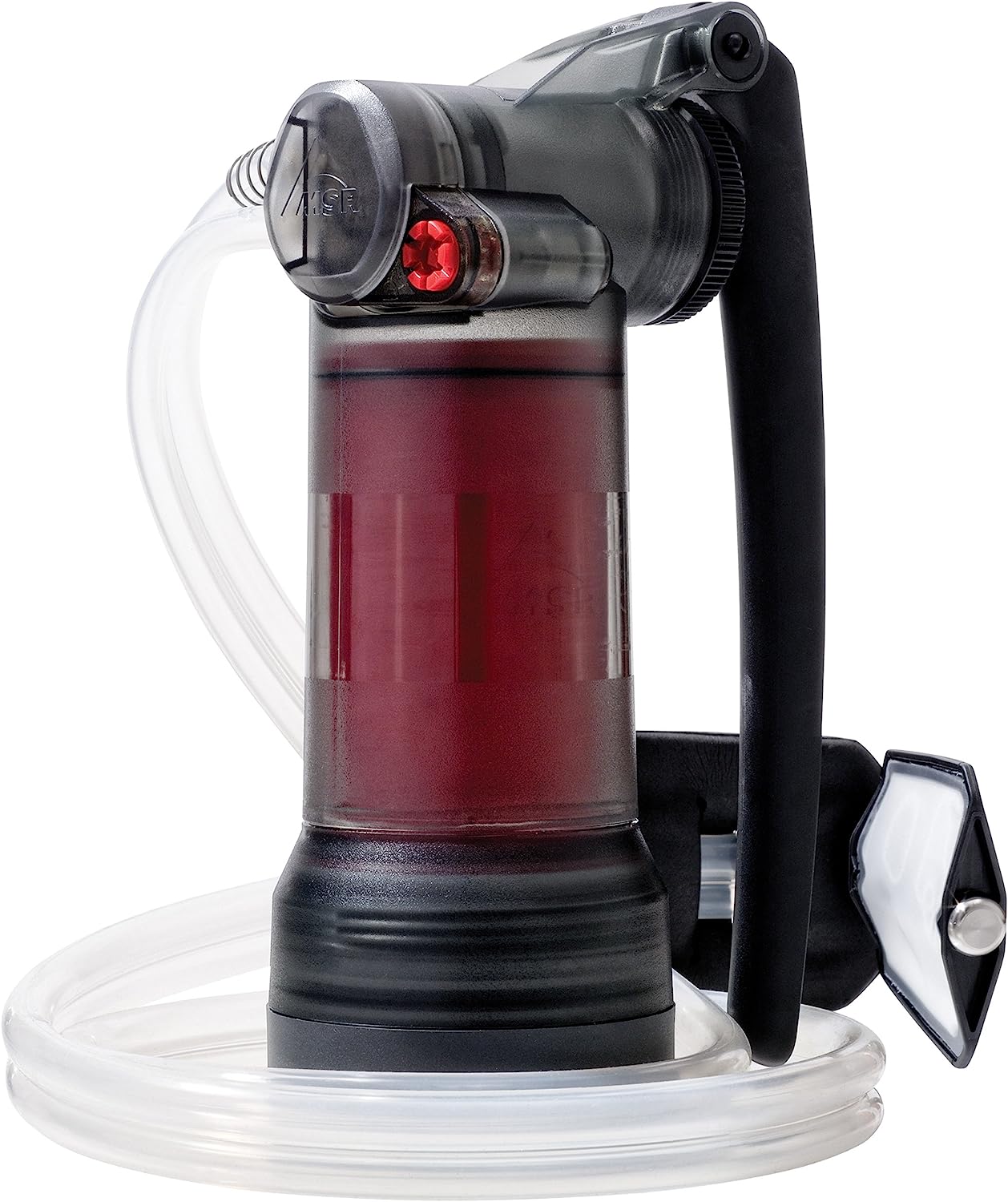|
Note: this an adaptation from my non-fiction book Rural Home Defense: A cop's guide to protecting your rural home or property during riots, civil war, or SHTF, available on Amazon. The 1970s Rhodesian Bush War was a revolution of sorts led by communist Black guerillas against the white minority-led government and white population of the country that is now called Zimbabwe. This war was both a civil war/revolution and an insurgency/genocide. The rebels/terrorists engaged in genocidal tactics against the population, both Black and white. Farms were sniped at. Coordinated attacks with supporting fire from mortars and RPGs (Rocket Propelled Grenades) were common. Black employees as well as the farmers themselves were shot or kidnapped. Roadside ambushes and IEDs, often in combination with each other, took many lives. The goal of these attacks was to terrorize white farmers off the land and to prevent Africans from cooperating with the government. While I doubt that Americans will see a similar guerilla war as Rhodesia did, many of the lessons will carry over. I believe that attackers in America’s troubled times ahead will want to capture and possess isolated properties that can sustain them. Theft of valuables or food and kidnapping will also be common. Lessons Every home had an Agric-Alert radio system that linked the farms and police. The radios included panic alarms and would automatically identify the farm transmitting. Informational broadcasts would be made if terrorists were operating in an area. Roll calls happened two or three times a day. Often this was how many nighttime attacks were discovered as farms not answering at roll call were investigated. After an attack, neighbors would check on each other for accountability. Multiple antennas were used in case one was destroyed and concealed antennas were also installed. Depending on the severity of an incident, police or army forces would be dispatched to an attack. Forces would often arrive by helicopter or by parachute. Air support was available. The responding forces would then counter-attack and often engage in a search and destroy mission. Particularly vulnerable farms received military assistance from small “sticks” of soldiers who rotated through guard duty at night. Others employed former or off-duty soldiers as body guards. Militias were formed under government auspices to act as guards. Black militias were trained by police and had good success suppressing cattle rustling. Police/military forces would brief farmers in full regarding terrorist activity in the area and procedures to be taken to counter the threat. Police training for civilians in general combat tactics was also offered and taken by both men and women. Weapons must be carried at all times; “Always go to bed with your weapons accessible” was the practice. One police transport veteran recalled a holiday in the country where he sorely regretted not having his pistol when his family encountered two suspicious characters. Days later, not far away from that very spot, a couple was robbed and murdered. Every night farmers would set out a first aid kit and layout an aid station in the event of a night attack resulting in serious casualties. Attacks usually came at night. Curfews from shortly before dusk to after dawn were instituted as twilights were still vulnerable times. Early afternoon/evening attacks were preferred because the terrorists could escape into the darkness. At night, all the curtains were drawn and the doors were closed and locked. All the lights were left on in the house and then all turned off at bedtime. This was done so that terrorists couldn’t tell by a light which rooms were occupied or not. Everyone went to bed at the same time due to the lights being put out simultaneously. Fires were often deliberately set to draw farmers out to either fight the fire or evacuate. Terrorists would then ambush the farmers as they ran or fought the fire. Attacks often began unannounced until the first gunshot. The immediate reaction was to hit the floor and crawl to the bunker. Windows were blocked with sandbags to prevent RPGs or mortar fragments from penetrating. Some were outright bricked up. Grenade screens were installed on windows and porches. Other windows had security bars installed. Farmers would frequently displace their residences from their rural homes and move into urban areas for safety. The cities were not subject to the same level of terrorist attacks. As the country emptied out, so did the available mutual aid from neighbors. Abandoned homes then were at risk for looting and vandalism.
Fences were wired with intrusion detection systems to pinpoint breaches. Microphones were used to listen for and locate suspicious noises. Some farmers used very thin wood for the walls of their outbuildings. When terrorists would fire from inside or around the corners of the buildings, the farmer could return fire by shooting through the wood that offered no protection. Building layouts were adjusted so that they were closer together and more defensible. Arrangements were such that one building could offer interlocking fire to the others. Jack Lawson (author of the Civil Defense Manual) believes that this will be vital for rural American properties. Protected or hidden walkways and entrances allowed movement behind cover. Walls and other visual shields were erected to prevent terrorists from getting lines of sight or clear shots into the farm compounds. Some farms were not fenced in the concern that if a fence kept the terrorists out, they would keep a family in if they needed to escape. The lesson learned from captured farms was to leave yourself a route to escape. However, chainlink fences could detonate an RPG before it hit the house similar to slat armor on tanks and fighting vehicles seen today. High-voltage electric fences were also used. Gates were favorite places for attack by terrorists and robbers because the vehicle had to stop and someone had to get out of the car. See-through fencing was preferred over big, decorative gate pillars. Attacks would often happen immediately at this point (they still do in South Africa and the third world). Tall or thick plants obscuring the area around the gates were used as hiding places and had to be cut down. Anyone traveling away from home had someone housesit. House guards were often hired who were also capable of fighting should the property be attacked while the owner was away. Off-duty soldiers or retirees were used for this. Visiting friends casually for an evening was uncommon due to curfews, the danger of traveling at night, and the need to stay overnight because of the foregoing. Perimeters were checked every morning for signs of intrusion or booby traps. Roads and driveways were also examined for mines that may have been planted. Landmines and ambushes of civilian vehicles were laid on roads. The front passenger typically scanned the roadway for signs of mines or an ambush. Often specially protected vehicles would drive in front of convoys to safely detonate mines. One such vehicle, the Pookie, carried a mine detector and rolled on low-ground pressure racing tires. On the road when ambushes were expected, rifles were routinely pointed out the window during the journey. Vehicles typically traveled in convoys for protection against attack. Early countermeasures included rubber mats on the floors to catch shrapnel, armor around the wheel wells, and water filled tires to absorb the blast. Eventually travel was done in mine-resistant vehicles (MRAPs); the precursors to the South African designs that became familiar to Americans after Iraq/Afghanistan. Due mainly to fuel rationing, trips would need to be carefully planned in terms of mileage and fuel consumption. Day visits would also need to be timed to ensure all travel was done in daylight. Even military/police convoys were often stopped at camps/forts/stations by their commanders at night. Overnight visits would be required if there wasn’t enough time to return safely. Intelligence would be obtained from the police/military on the current dangers along the route. Sources are taken mainly from book and YouTube memoirs as well as various accounts online. Select sources: The Farmer At War, Trevor Grundy and Bernard Miller The Part-Time War: Recollections of the Terrorist War in Rhodesia, Rod Wells The Bleed: With the Marines in Vietnam and the RLI and Selous Scouts in Rhodesia, John R. Cronin Fire Force: A Trooper's War In The Rhodesian Light Infantry, Chris Cocks Commando - Shoot To Kill: Rhodesian Bush War Operator, Peter Rische Mukiwa: A White Boy in Africa, Peter Godwin Capturing Memories (YouTube Channel) Five Romeo Romeo (YouTube Channel) Comments are closed.
|
Author Don ShiftDon Shift is a veteran of the Ventura County Sheriff's Office and avid fan of post-apocalyptic literature and film who has pushed a black and white for a mile or two. He is a student of disasters, history, and current events. Archives
May 2024
Categories
All
As an Amazon Associate I earn from qualifying purchases.
|



 RSS Feed
RSS Feed






